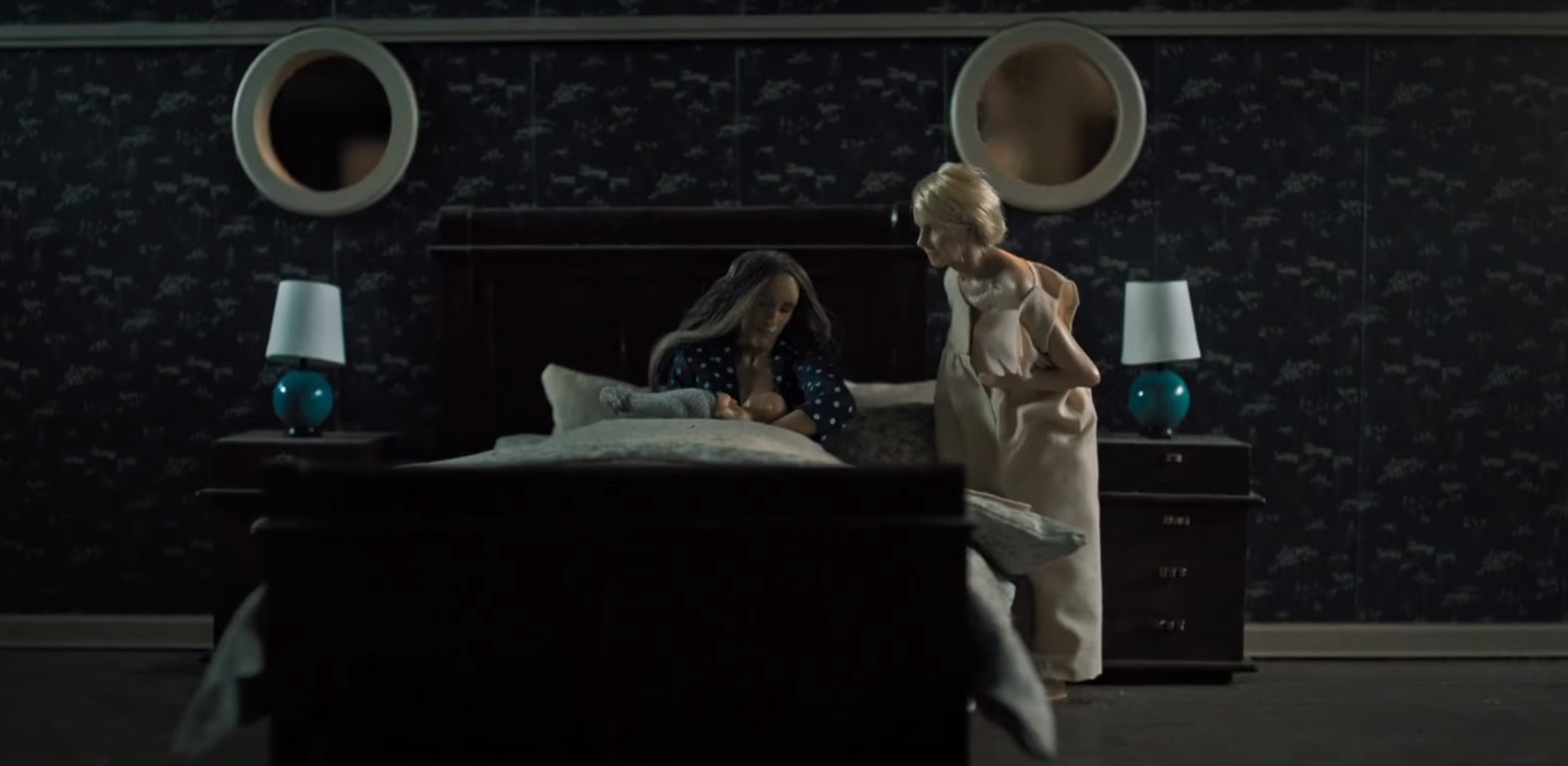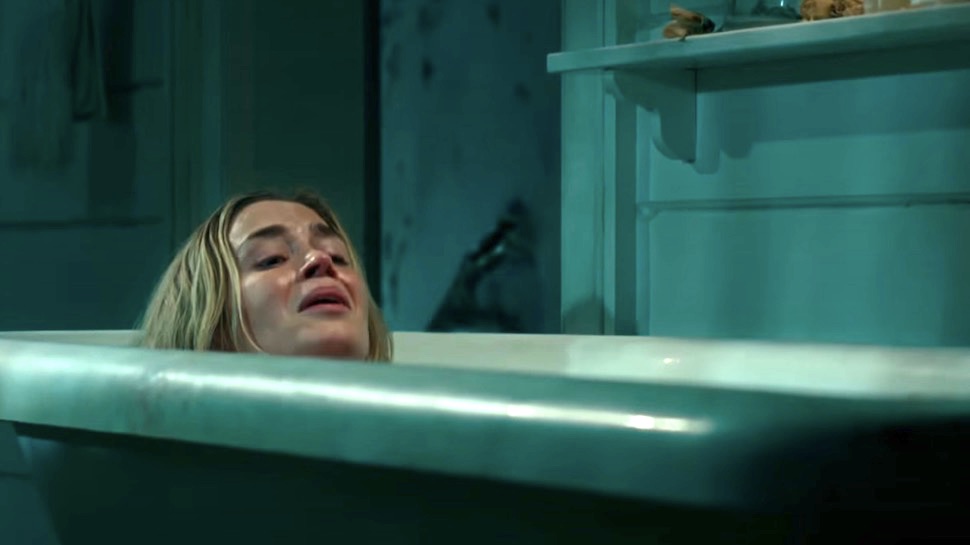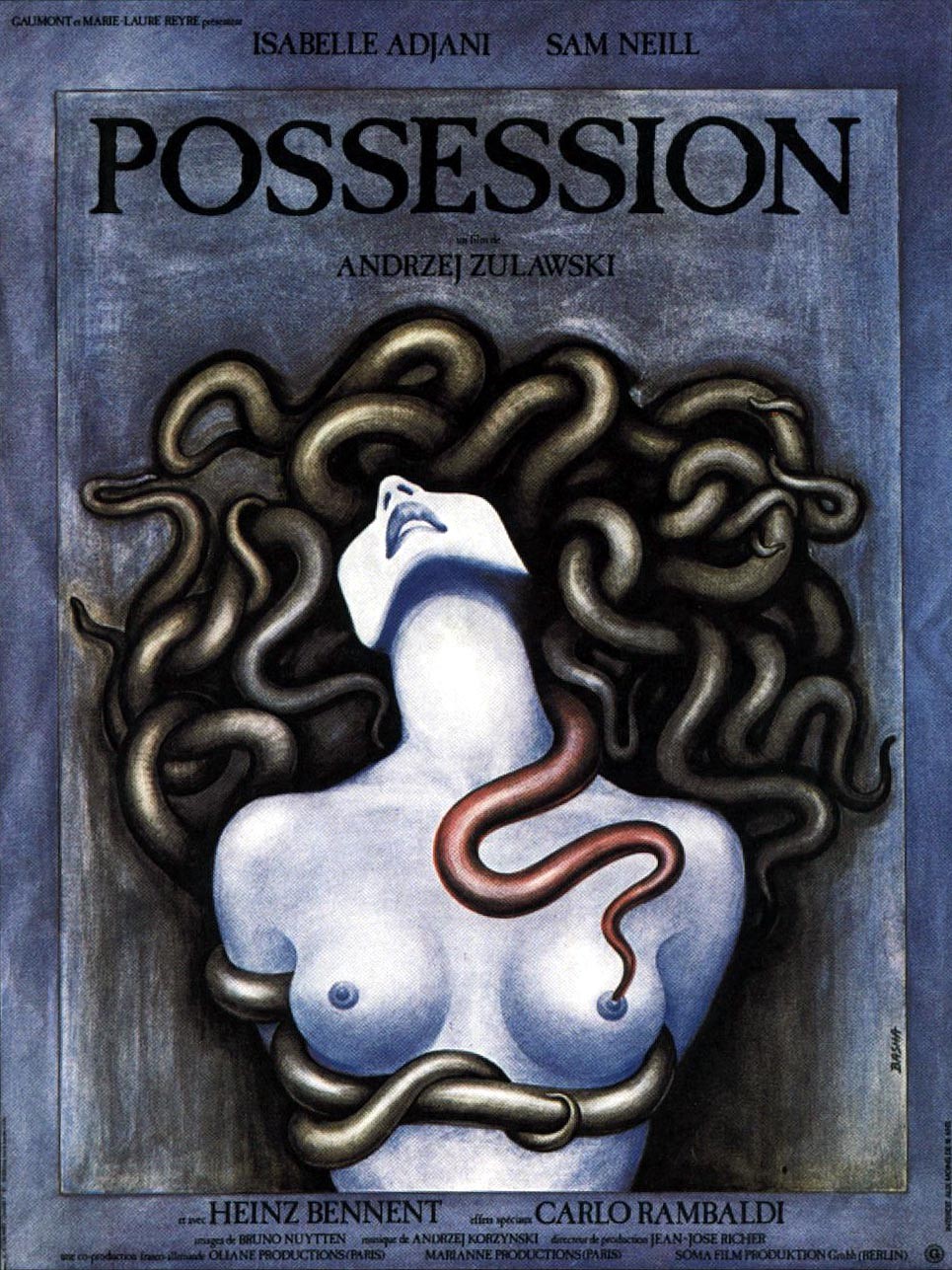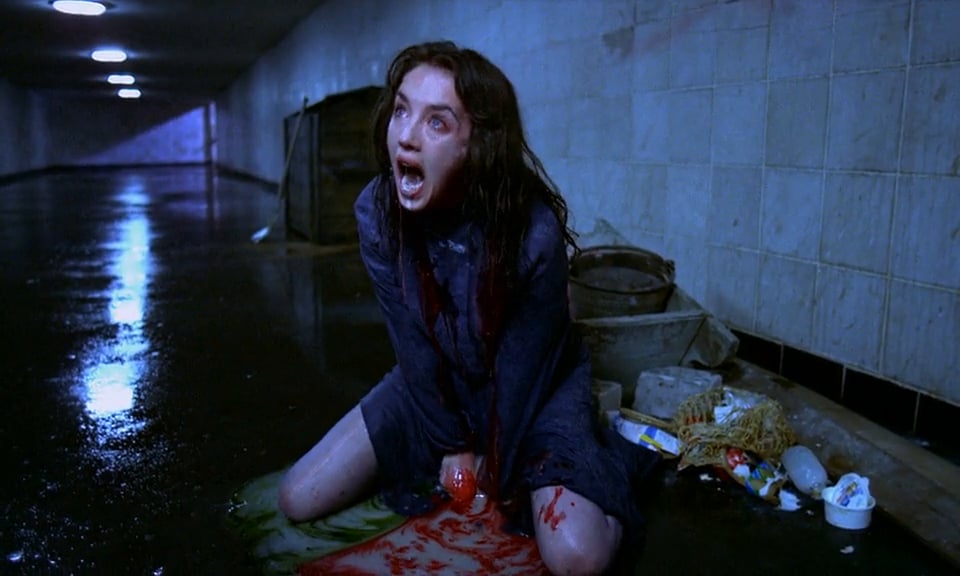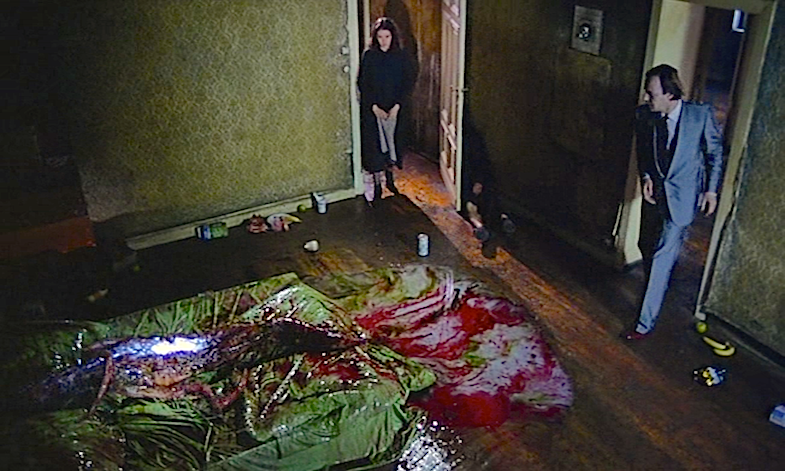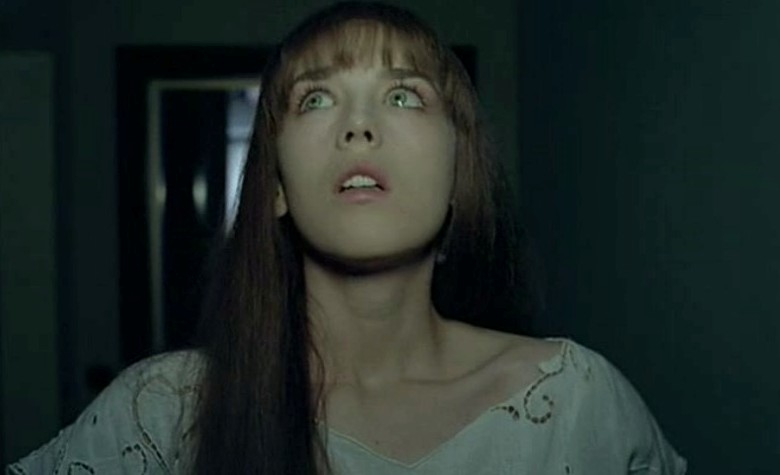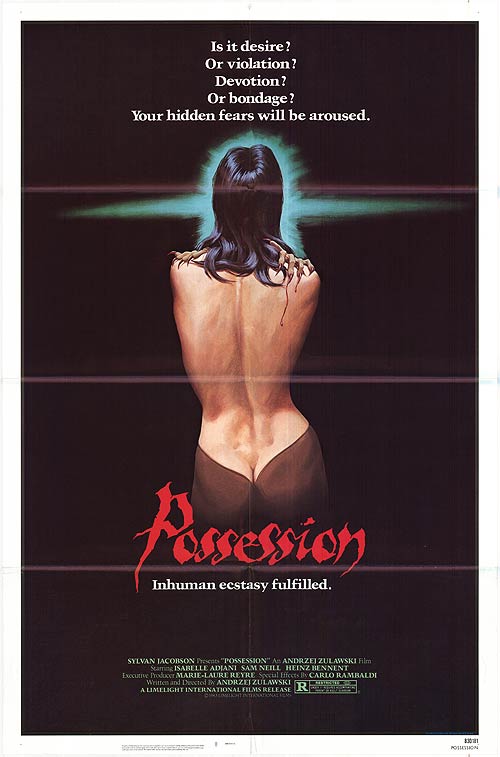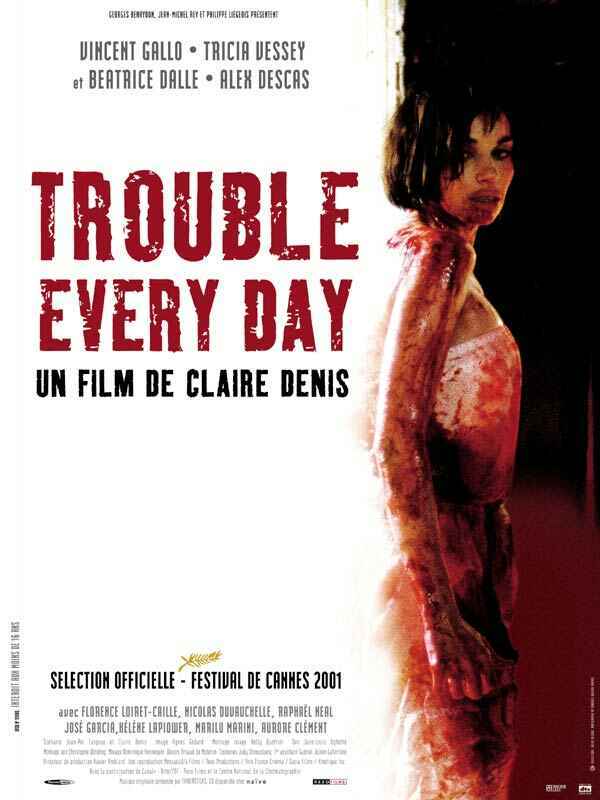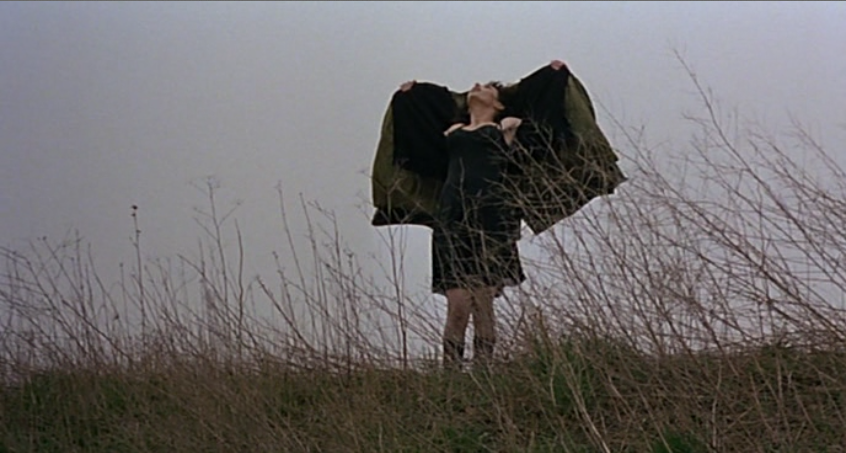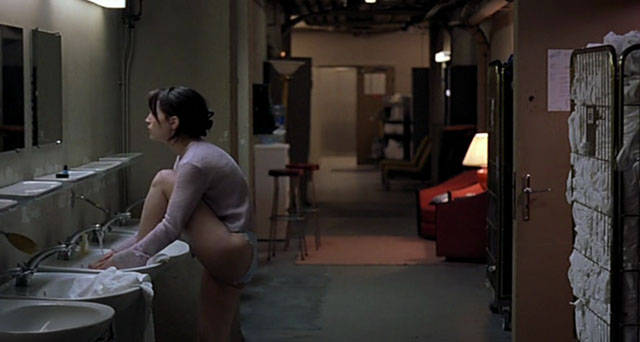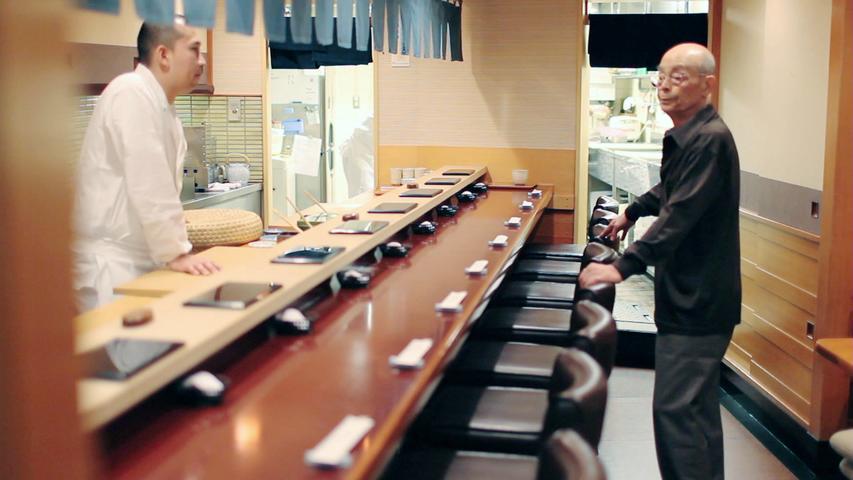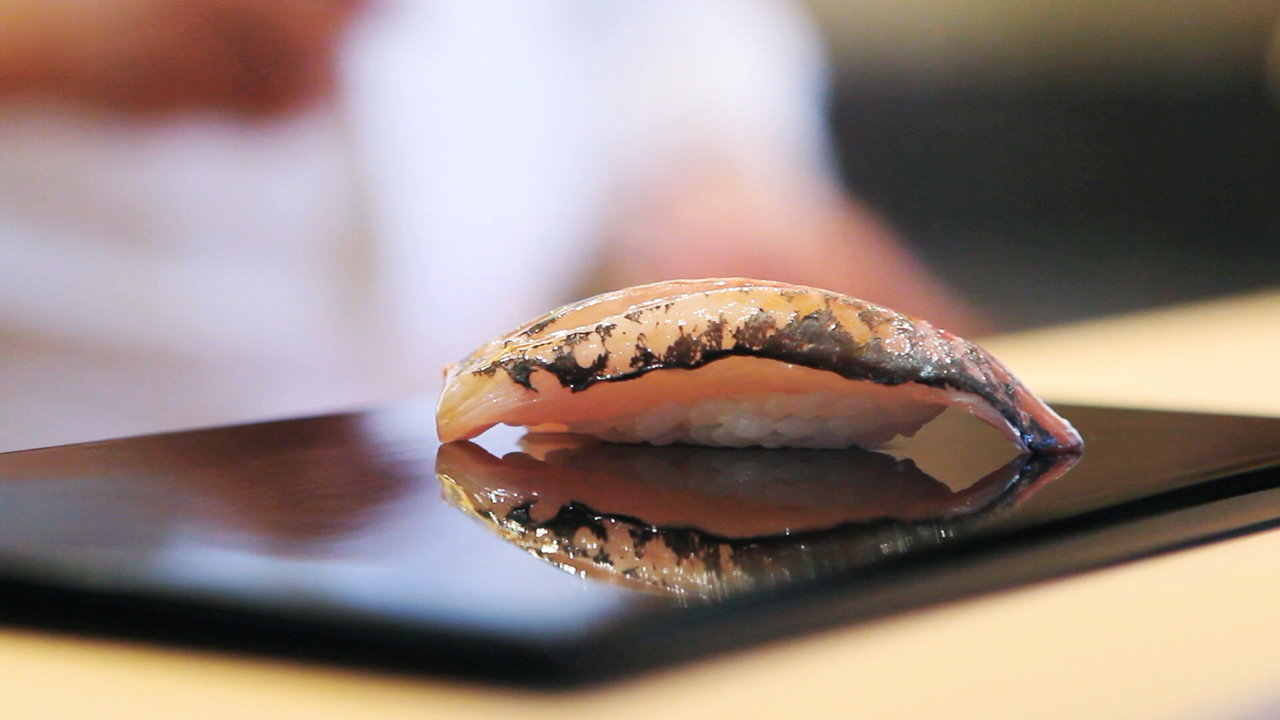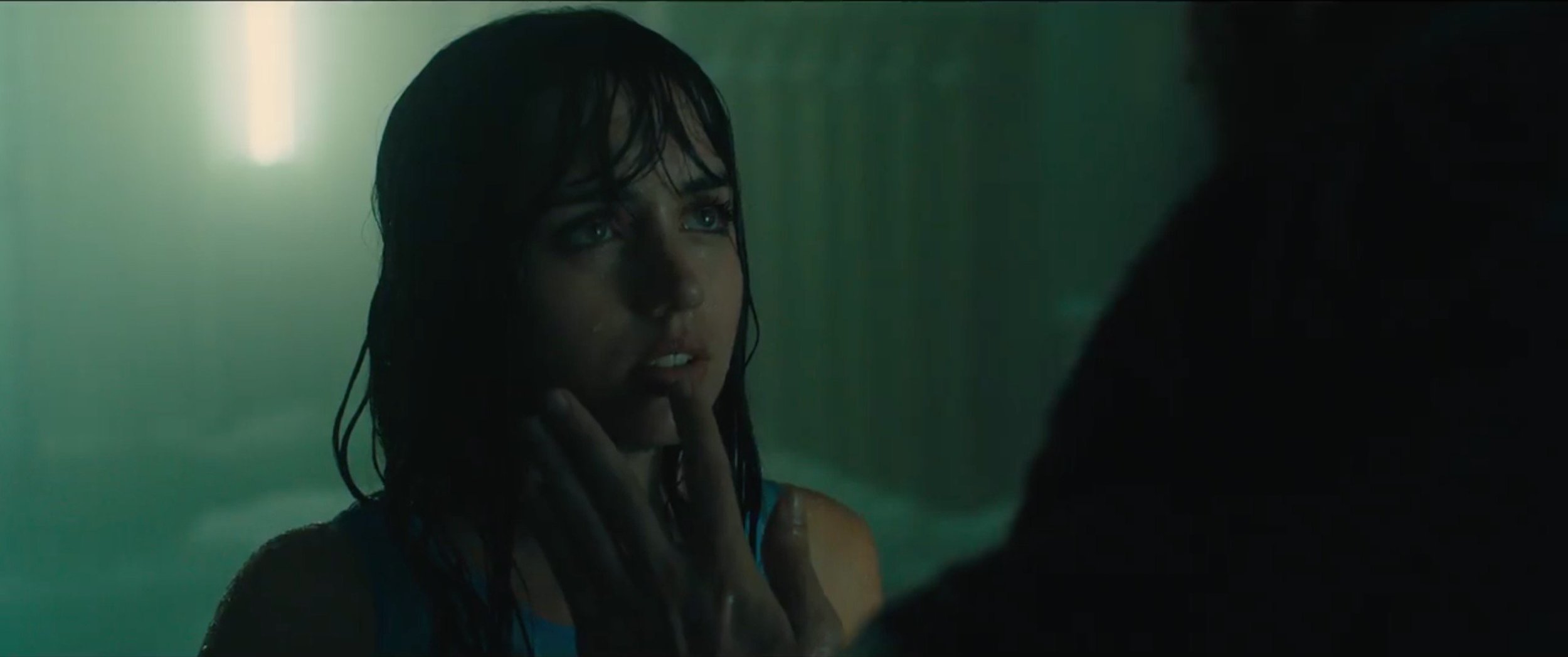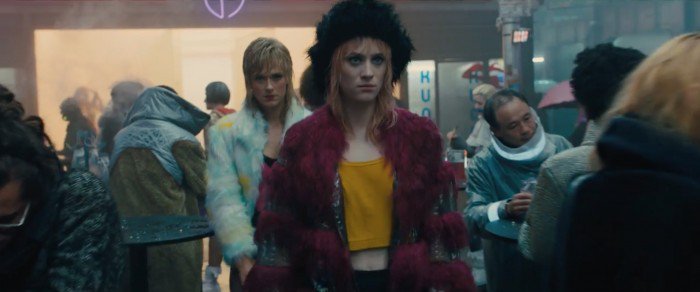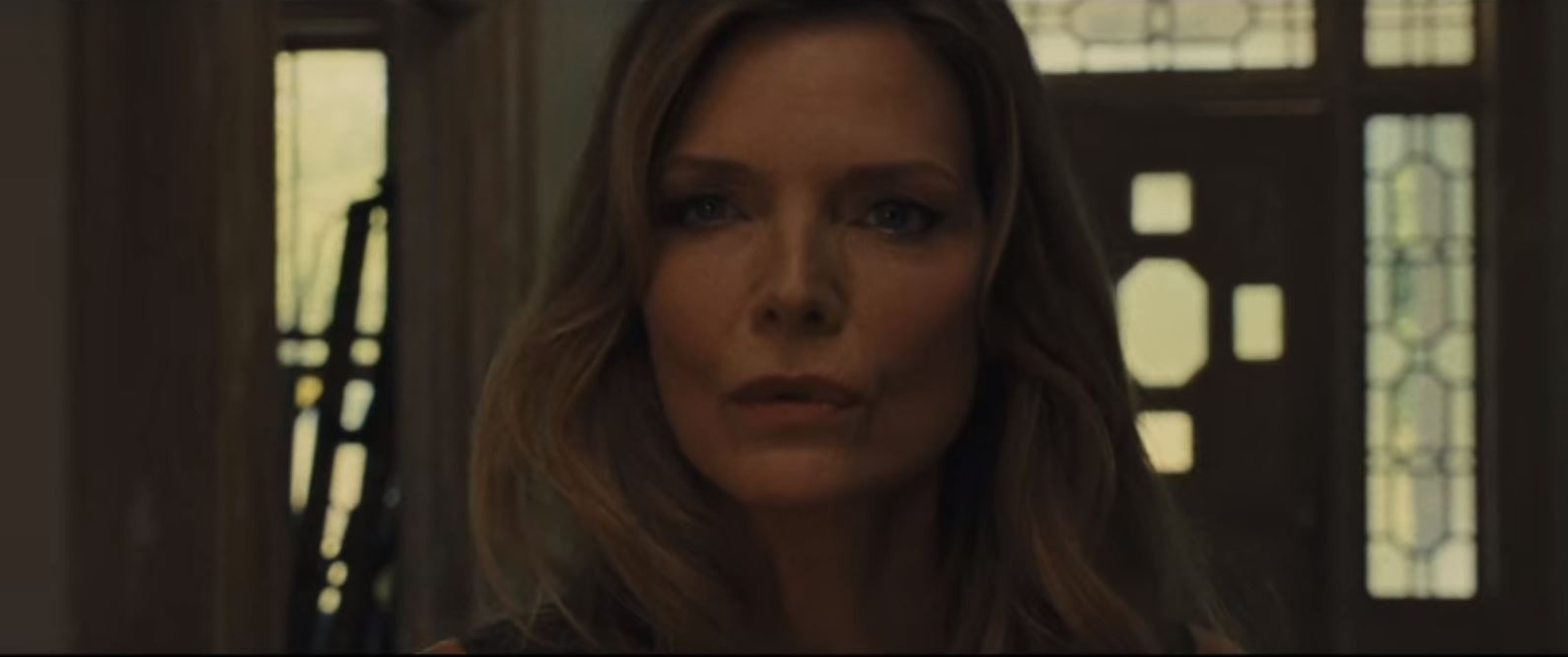Denmark/Netherlands/Sweden | 2018 | Directed by Isabella Eklöf
Logline: Whilst vacationing with a group of drug dealing criminals a young woman finds herself attracted to a holidaying stranger and creates dangerous turmoil.
Sascha (Victoria Carmen Sonne) is the girlfriend of Michael (Lai Yde), a handsome and extremely arrogant wannabe drug lord. With his criminal cohorts they are Danes on holiday in Turkey, on the Riveria coastline, soaking up the rays by the villa pool and on the beach, patronising the bars and restaurants, and acting like they own the place. There is still business to be attended to, jewellery to be bought, and samples of high grade MDMA to be tried and tested.
Sascha has already been reprimanded by one of Michael’s associates. Violence, both the threat of it, and the enforcing of underworld etiquette, is part and parcel with this lifestyle. It becomes quickly apparent that Sascha is numb to the abuse. Her place in the hierarchy is set in stone, and she must simply endure, if she wishes to continue to enjoy the lifestyle luxuries the criminal realm includes. But behind her eyes lies a yearning for more power.
Dutch Thomas (Thijs Römer) and his buddy are also on vacation on the Riveria, their yacht moored at the marina. The two men cross paths with Sascha at an ice cream parlour, and she and Thomas immediately strike up a flirtatious rapport. Later, Sascha spots the men dining at the same restaurant and chats with them, away from Michael and his clan. Michael has taken note of his trophy girlfriend’s discretions.
In a highly controversial scene halfway through the movie, and seemingly out of nowhere, Michael turns a relaxed affectionate moment with Sascha into a brutal display of power, violating and humiliating her. It is very explicit and graphic, as disturbing in its realism as it is shocking in its candidness. Even more confronting is how Sascha internalises the incident. A quiet rage coils inside her. It is an incredibly brave and delicate performance from Sonne, as well as a superbly menacing one from Yde.
But Holiday doesn’t become a revenge movie, though is it a study of violence. It is ultimately an observation, and a harrowing one at that, of the ghastly glamour bruising of the gangster underworld. How naïveté can lead to co-dependence, a kind of Stockholm Syndrome at play, how corruption can operate on an insular level.
Sascha’s passivity eventually gives way in the most horrendous, appalling way. It frustrates, and yet, provides the narrative with a darkly satisfying resolve. It’s not what you want, it’s not what you expect, but it makes terrible sense. Sascha’s moral arc has an inexorable beauty as desolate as the ocean view, as wretched as her submission to Michael.
Holiday is not for everyone, it has the uncompromising, savage, and realistic edge of Gaspar Noe’s Irreversible, with the cold precise vibe of Ulrich Seidl and Michael Haneke, and the beautifully sustained tension and release of Nicolas Winding Refn’s Pusher trilogy. Eklöf, with her debut feature, has delivered one of the year’s most resonant and remarkable films indeed, and one guaranteed to polarise.
Holiday is screening as part of the 65th Sydney Film Festival, Friday 8th June, 8:30pm at Dendy Newtown, and Sunday 10th June, 6:45pm at Event Cinema 9 George St.
Holiday is screening as part of 21st Revelation Perth International Film Festival, Sunday 8th July, 8:45pm, Saturday 14th July, 2:30pm, and Sunday 15th July, 7:15pm, all at Luna Leederville.







